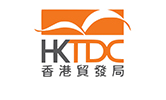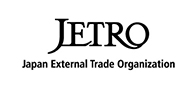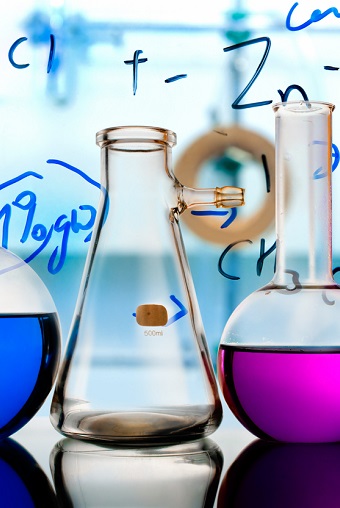Key Findings:
A complete market research report, including forecasts and market estimates, technologies analysis and developments at innovative firms within the Biotech, Pharmaceuticals & Genetics Industry.Gain vital insights that can help shape strategy for business development, product development and investments.
Key Features:
-
Business trends analysis
-
In-depth industry overview
-
Technology trends analysis
-
Forecasts
-
Spending, investment, and consumption discussions
-
In-depth industry statistics and metrics
-
Industry employment numbers
Additional Key Features Include:
Industry Glossary
Industry Contacts list, including Professional Societies and Industry Associations
Profiles of industry-leading companies
Key Questions Answered Include:
-
How is the industry evolving?
-
How is the industry being shaped by new technologies?
-
How is demand growing in emerging markets and mature economies?
-
What is the size of the market now and in the future?
-
What are the financial results of the leading companies?
-
What are the names and titles of top executives?
-
What are the top companies and what are their revenues?
This feature-rich report covers competitive intelligence, market research and business analysis—everything you need to know about the Biotech, Pharmaceuticals & Genetics Industry.
Plunkett Research Provides Unique Analysis of the Following Major Trends Affecting the Biotech, Pharmaceuticals & Genetics Industry
-
Major Trends Affecting the Biotech, Pharmaceuticals & Genetics Industry
-
The State of the Biotechnology Industry Today
-
A Short History of Biotechnology
-
Fast Track Drugs Come to Market in the U.S. with FDA Cooperation
-
Ethanol Production Is Massive for Fuel Additives
-
Cellulosic Ethanol Makes Slow Commercial Progress
-
Major Drug Companies Acquire or Partner With Smaller Biotech Firms
-
Pharmaceutical R&D Improves with Artificial Intelligence (AI)
-
Nations Compete Fiercely in Biotech Development
-
Patients’ Genetic Profiles Plummet in Price as DNA Sequencing Technologies Advance
-
Gene Therapies Target Defective Genes/CRISPR Advances DNA Editing
-
Vaccines & Viruses as Therapies/mRNA Shows Great Promise
-
Massive R&D Investment Required for Development and Approval of New Drugs/Drug Prices Soar
-
Generic Drugs Have Biggest Market Share by Unit Volume, but not by Total Revenues
-
America Pays Higher Prices for Drugs Than Other Nations/U.S. Government Launches Drug Price Negotiation and Control Powers for Medicare
-
Biotech and Orphan Drugs Create New Revenues for Drug Firms
-
Revolutionary New Drugs (Zepbound, Wegovy and Ozempic) Treat Obesity, Diabetes and Addiction/Show Promise for Treating Many Other Diseases
-
Biosimilars (Generic Biotech Drugs) Receive FDA Guidelines for Accelerated Approval/Competition Will Be Fierce
-
Market for CBD Remains Steady
-
Stem Cells and 3-D Printing—A New Era of Tissue Replacement Takes Shape
-
Genetically Modified (GM) Seeds and Crops Planted in Dozens of Nations/Agribio R&D Investment Is High
-
Genetically Modified (GM) Foods Prompt Controversy, Labeling and Legislation
-
Plant-Based Meat Substitutes Developed
-
Selective Plant Breeding, Mutagenesis and Gene-Editing, Including CRISPR, as Alternatives to GM Seeds
-
Immunotherapy, ADCs and CAR-T Create Exciting New Approach to Fighting Cancers
-
Technology Discussion—Genes and DNA
-
Technology Discussion—Proteins and Proteomics
-
Technology Discussion—DNA Chips
-
Technology Discussion—SNPs (“Snips”)
-
Technology Discussion—Synthetic Biology
-
Technology Discussion—Recombinant DNA
-
Technology Discussion—Polymerase Chain Reaction (PCR)
Plunkett Research Provides In-Depth Tables for the Following Biotech, Pharmaceuticals & Genetics Industry Statistics
-
Biotech IndustryStatistics and Market Size Overview
-
The U.S. Drug Discovery & Approval Process
-
U.S. FDA Novel New Drug Approvals by Year 2015-2024
-
Employment in Life & Physical Science Occupations by Business Type, U.S.: May 2024
-
Federal R&D & R&D Funding for Basic Research, U.S.: Fiscal Years 2023-2025
-
U.S. Exports & Imports of Pharmaceutical Products: 2019-2024
-
Prescription Drug Expenditures & Annual Percent Change, U.S.: 2017-2033
-
NSF Budget by Appropriation (Dollars in Millions), Fiscal Years: 2023-2025
-
Research Funding for Biological Sciences, U.S. National Science Foundation: Fiscal Years 2024-2026
-
The Nation's Health Dollar: 2025 Where It Came From (Projected)
-
The Nation's Health Dollar: 2025 Where It Went (Estimated)




















